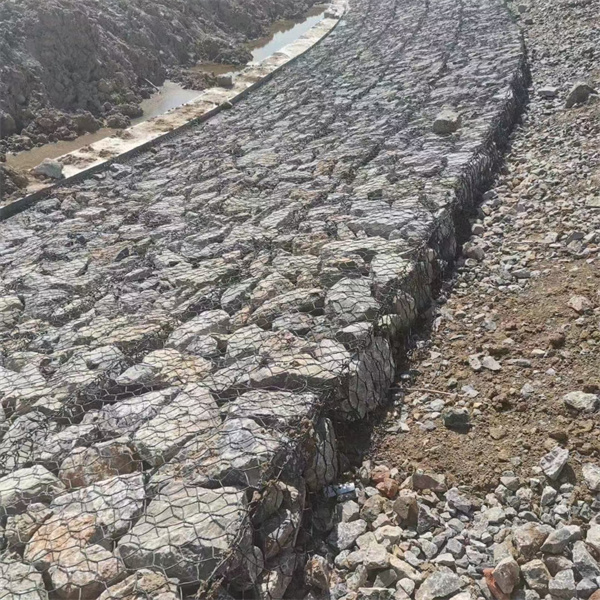ное. . 01, 2024 06:40 Back to list
Enhancing Gabion Walls with Vibrant Plant Life for Improved Aesthetics and Stability
The Aesthetic and Ecological Benefits of Gabion Walls with Plants
Gabion walls are a popular choice in modern landscaping and engineering, serving both functional and aesthetic purposes. These structures, composed of wire mesh cages filled with rocks or other materials, provide an effective solution for erosion control, retaining soil, and managing water runoff. However, integrating plants into these walls elevates their benefits, creating a harmonious blend of nature and engineering.
The Aesthetic and Ecological Benefits of Gabion Walls with Plants
Incorporating plants into gabion walls offers notable ecological benefits. Vegetation helps to anchor the soil, reducing erosion and promoting stability. The roots of plants help bind the rocks and fill the gaps in the gabion structure, which minimizes slippage and maximizes the wall's effectiveness in preventing soil movement. Moreover, plants contribute to biodiversity by providing habitats for various species of insects, birds, and small mammals. The combination of hardscape and greenery creates a microhabitat that supports wildlife, fostering a balanced ecosystem.
gabion wall with plants

From a water management perspective, gabion walls with plants can significantly improve drainage and reduce stormwater runoff. The plants absorb rainwater, which mitigates flooding and encourages groundwater recharge. Additionally, as water passes through the vegetation and rocks, it undergoes natural filtration, improving water quality before it enters local waterways. This feature makes gabion walls an excellent choice for environmentally-conscious landscaping projects.
Aesthetic appeal is another compelling reason to consider gabion walls with plants. These structures can be designed to fit various architectural styles and landscapes, whether in a rustic garden, urban environment, or a natural park. The choice of plants allows for a wide range of colors, textures, and seasonal changes, adding interest to the landscape throughout the year. Climbing plants can cascade down the walls, while flowering species provide bursts of color, creating a dynamic visual experience.
In conclusion, gabion walls combined with plants offer a unique integration of functionality, ecology, and beauty. They serve as a sustainable solution to erosion, manage water effectively, and create habitats for wildlife while enhancing the visual appeal of any landscape. Whether used in residential, commercial, or public projects, these innovative structures exemplify the harmonious coexistence of nature and engineered design, contributing to a greener and more resilient environment.
-
HESCO Gabion Baskets for Coastal Erosion Prevention
NewsAug.22,2025
-
Longevity and Durability of River Rock Gabion Walls
NewsAug.22,2025
-
How to Integrate Gabion 3D Walls in Urban Planning
NewsAug.22,2025
-
Reno Mattress Gabion Applications in Civil Engineering
NewsAug.22,2025
-
How to Install Wire Mesh for Gabion Baskets Properly
NewsAug.22,2025
-
Best Materials for Filling a Chain Link Gabion
NewsAug.22,2025
-
Wire Mesh Thickness Impact on Gabion Wall Load Bearing
NewsAug.12,2025






